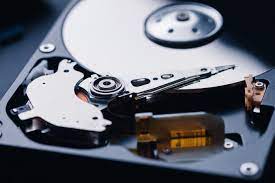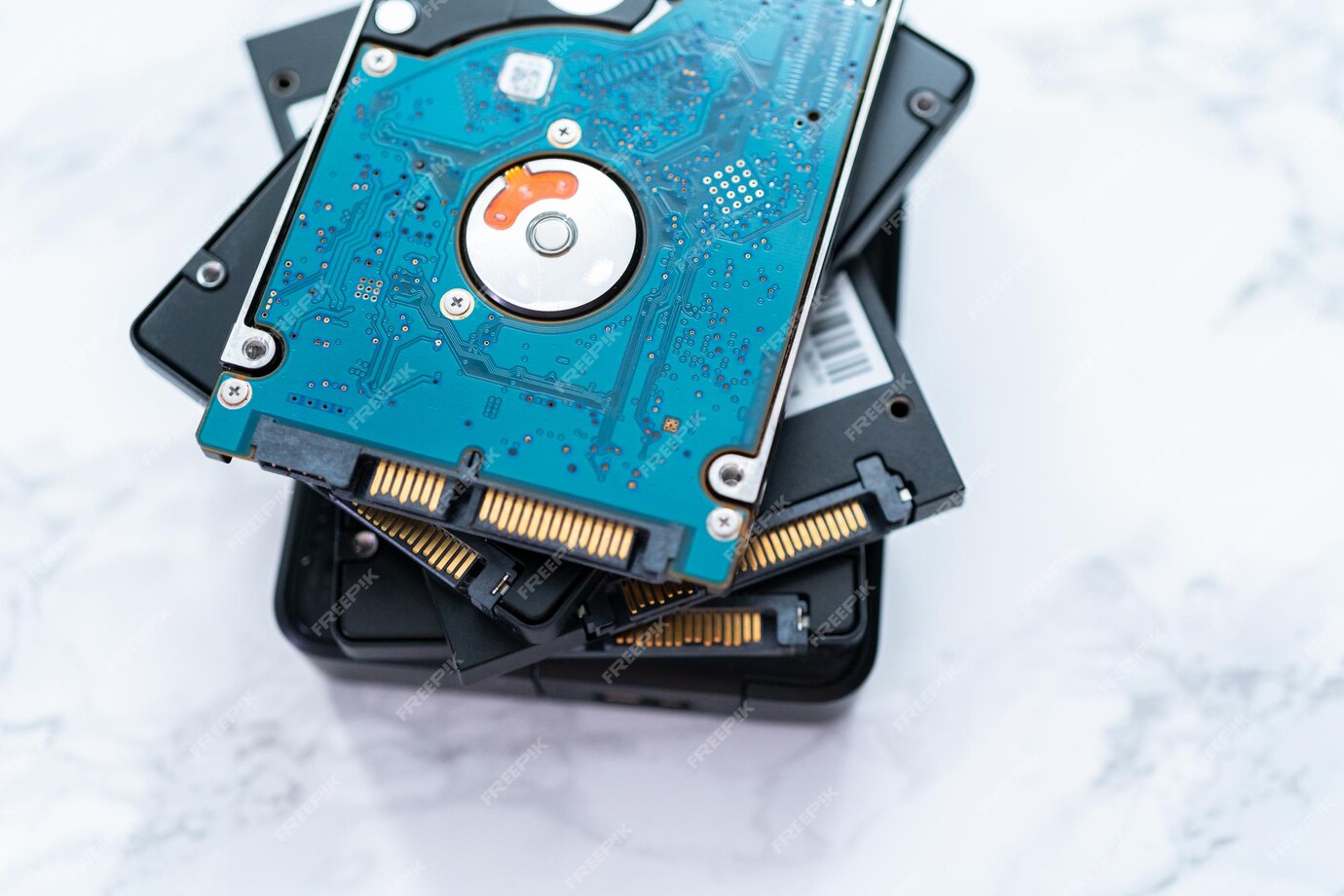RAID Data Recovery
WHAT WE DO
RAID Data Recovery
RAID (Redundant Array of Independent Disks) recovery refers to the process of restoring data from a RAID array that has encountered a failure or corruption.
RAID (Redundant Array of Independent Disks) is a technology that enhances both speed and data security by using multiple disks. There are various RAID configurations, such as RAID 0, which improves speed by splitting data across disks, and RAID 1, which ensures data security by mirroring the same data on multiple disks. Other RAID types, like RAID 0+1 and RAID 5, offer a combination of speed and security, with the number of disks and cost increasing depending on the configuration.

Choosing the right RAID configuration depends on your needs—whether it's speed, data security, or both. RAID 0 boosts speed by splitting data across disks, while RAID 1 offers data redundancy by mirroring information. RAID 5 balances both speed and security. However, despite these configurations, data loss can still occur due to hardware failures or software issues.
At Prozentus, we specialize in RAID data recovery, using advanced techniques to retrieve data from even the most complex systems. Whether the issue is physical damage or logical corruption, our team ensures minimal downtime and reliable recovery solutions. Contact us for professional support.
HOW WE WORK
Top Working Process
Whether it's accidental deletion, hardware failure, malware attacks, or system crashes, the loss of crucial data can be devastating, potentially resulting in financial setbacks, legal implications, or irreversible damage to reputation.
Determining Drive Type
We begin our data recovery work by determining the type of media the data is stored. Based on the data carrier, we use appropriate tools to begin examining the media.
Diagnosis
Once the media is connected to our systems, we run diagnostic tests and examine the problem with the operating system, file system, memory module(s), and other issues.
Preliminary Report
A preliminary report is prepared regarding the nature of our diagnosis. In this report we tell our customers what needs to be done, in how much time and at what cost.
Contacting customer
We will contact our customer(s) and inform them about our preliminary findings and share with them our diagnosis report. If the customer(s) agrees, we begin working on the media.
Recovering Data
Using the latest data recovery tools and techniques, we will retrieve your data and copy it to a clean hard drive, a USB flash drive or to cloud, based on the amount of data to be saved.
Delivering Data
As soon as the data is saved, we deliver the data in a memory module to the customer in person, via mail, or online, depending on the customer’s choice. We only charge our customers if the data is successfully restored.
The Highest Quality
DATA RECOVERY & FORENSICS SERVICES
Your Trusted Digital Forensics Partner
 English
English
 French
French
 Dutch
Dutch
 German
German







